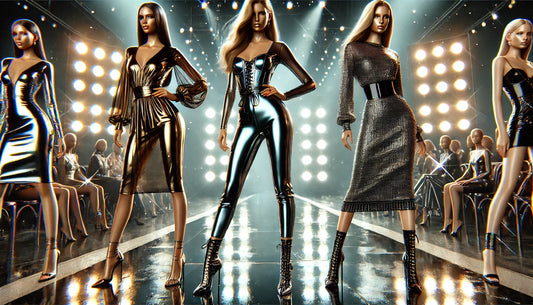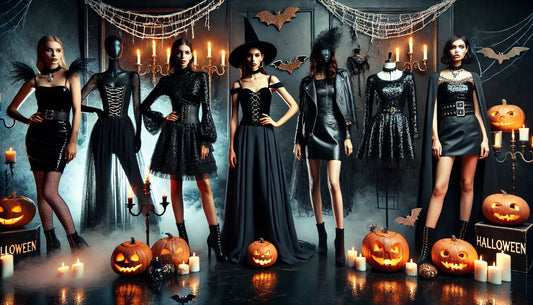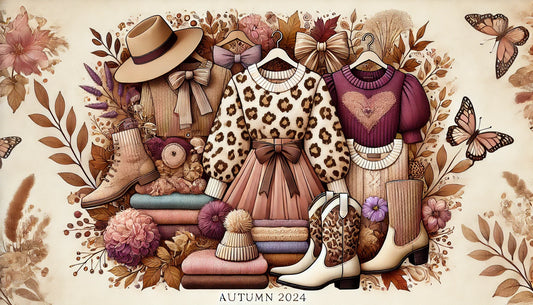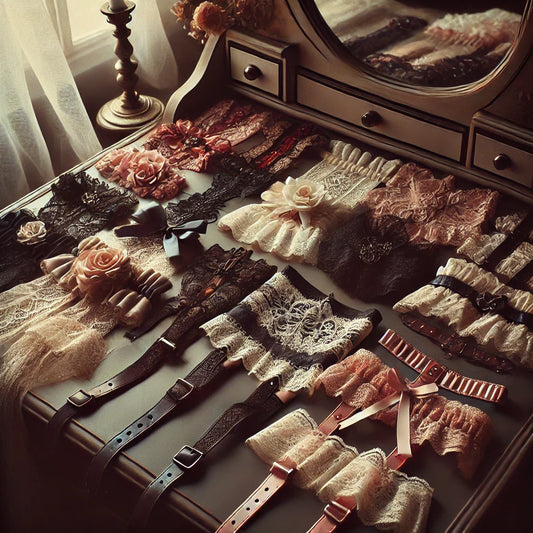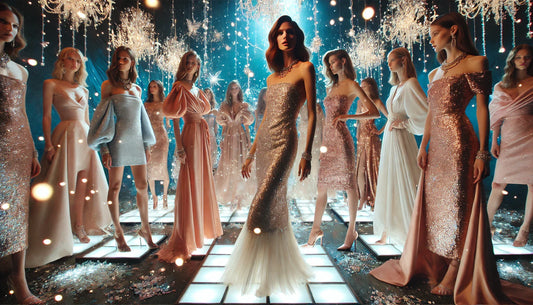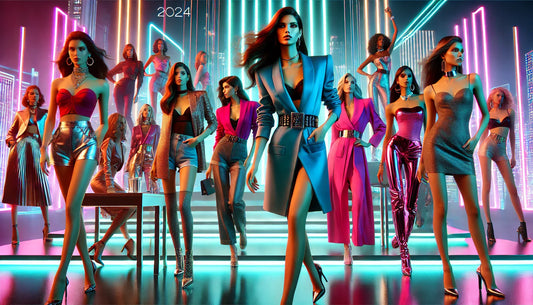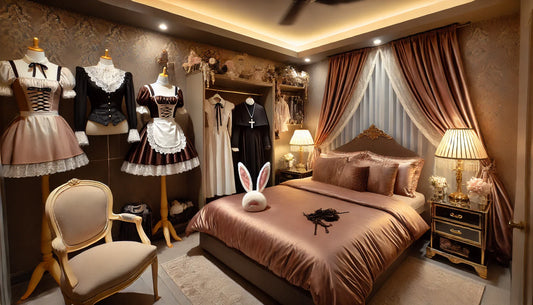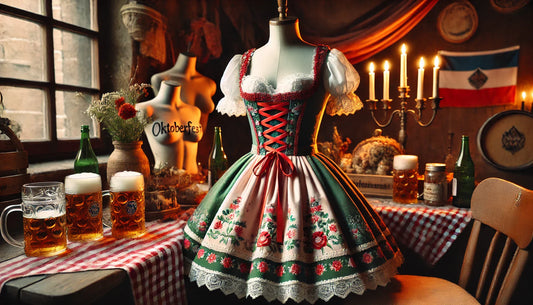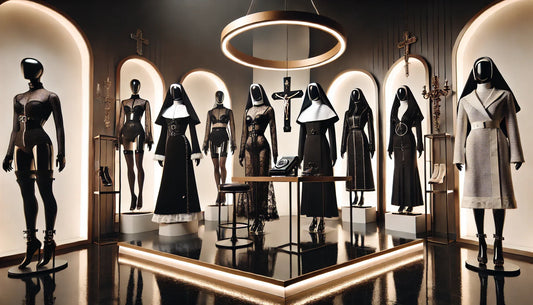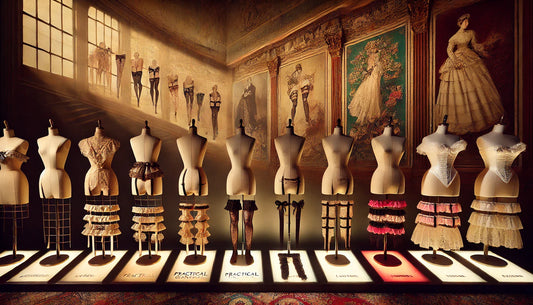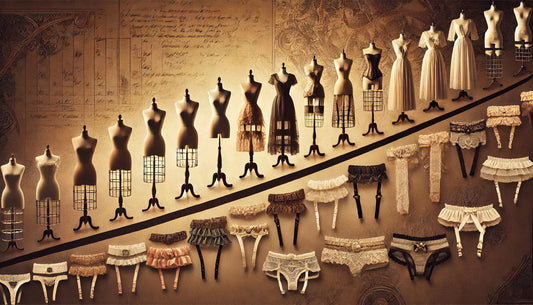From Royal Wedding to Global Phenomenon: The Fascinating Evolution of Oktoberfest
Prost, history enthusiasts and devoted Oktoberfest lovers! Grab your favorite stein and embark on an exhilarating journey through time as we delve into the captivating evolution of Oktoberfest. From its modest beginnings as a royal wedding celebration to its current status as the world's largest folk festival, Oktoberfest has undergone mesmerizing transformations while preserving its core spirit of Bavarian culture, gemütlichkeit (coziness and good cheer), and a vibrant atmosphere filled with laughter and camaraderie.
1. Royal Roots: The Birth of Oktoberfest (1810)
Oktoberfest's origins can be beautifully traced back to October 12, 1810, when Crown Prince Ludwig (later known as King Ludwig I) wed the enchanting Princess Therese of Saxony-Hildburghausen. An invitation went out to the citizens of Munich to join in the grand festivities held on the lush fields in front of the city gates, which were forever named Theresienwiese ("Theresa's meadow") in honor of the beloved Crown Princess, thus laying the groundwork for a celebration that would captivate generations to come.
2. Early Expansions: From Wedding Party to Annual Celebration
The electrifying success of the initial royal celebration ignited a tradition that would see the event repeated in the following years, each time enhancing the experience with new elements:
In 1811, an agricultural show was introduced to spotlight and promote Bavarian agriculture, a cherished tradition that continues today, albeit now celebrated every four years.By 1818, carnival booths began to dot the landscape, enticing festival-goers with prizes like silver, porcelain, and dazzling jewelry alongside the spirited celebrations.Exciting attractions like tree climbing, bowling alleys, and swings made their debut, expanding the festival's allure and drawing attendees of all ages into the jubilant festivities.3. Organizational Changes: Munich Takes the Reins
With increasing popularity came the need for effective management, leading to vital changes to secure the festival's sustainability:
In 1819, the city of Munich boldly assumed responsibility for festival management, marking a pivotal shift from a strictly royal event to an inclusive civic celebration reflecting the spirit of community.The festival's duration was extended, and its start date shifted to late September, optimizing the blissful experience with delightful autumn weather.The year 1881 heralded the introduction of bratwurst-selling booths, a tasty addition that would become a quintessential part of Oktoberfest cuisine.In 1892, the groundbreaking moment came when beer was first served in glass mugs instead of stone krugs, revolutionizing the drinking experience for festivalgoers.4. Modernization: Embracing Technology and Growth
The late 19th and early 20th centuries propelled Oktoberfest into a new era of modernization, characterized by thrilling advancements:
In 1880, electric lights transformed the festival landscape, illuminating over 400 booths and tents, creating a whimsical nighttime atmosphere that enchanted visitors.As the 19th century progressed, smaller booths made way for expansive beer halls, accommodating more guests and musicians, giving shape to the iconic Oktoberfest ambiance we treasure today.The milestone 100th anniversary in 1910 showcased the festival's thriving popularity with a staggering 120,000 liters of beer consumed—a true testament to its explosive growth!In 1913, the vibrant Bräurosl emerged, quickly becoming the largest pavilion of its time, hosting up to 12,000 patrons, ensuring that revelers enjoyed the festivities together.5. Resilience Through Challenges: Wars, Epidemics, and Tragedy
Throughout its history, Oktoberfest has demonstrated remarkable resilience, overcoming numerous hurdles:
The festival faced cancellations during tumultuous periods, including both World Wars, as well as challenges posed by epidemics, yet it emerged triumphant each time.The tragic bomb explosion in 1980 shook the event, claiming 21 lives and injuring over 200. However, the undying spirit of Oktoberfest persevered, adapting to increased security measures in subsequent years.More recently, the COVID-19 pandemic brought about the unprecedented cancellation of Oktoberfest in 2020 and 2021, marking the first time since World War II that this illustrious celebration was paused.6. Global Phenomenon: Oktoberfest Goes Worldwide
In recent decades, Oktoberfest has magnificently transcended its Bavarian roots to bloom into a global cultural phenomenon:
Today, the Munich Oktoberfest attracts millions of visitors from around the world each year, boasting over 6 million enthusiastic attendees in recent events alone.Cities across the globe have embraced the spirit of Oktoberfest, hosting their own celebrations inspired by the Munich original and spreading the joy of Bavarian culture and traditions far and wide.The festival serves as a vital economic driver for Munich, generating over 1 billion euros in economic impact—proof of its significance as both a celebratory and economic force.7. Modern Oktoberfest: Blending Tradition and Innovation
Today's Oktoberfest is a captivating tapestry of time-honored traditions and modern innovations:
Over 80 exhilarating carnival rides, including high-tech roller coasters and soaring Ferris wheels, provide thrills and excitement for adventurous visitors of all ages.While the heart of the festival beats with traditional Bavarian cuisine, a diverse range of culinary offerings caters to the palates and dietary preferences of an international audience.An increased focus on sustainability and environmental consciousness has begun to shape the festival's practices, steering efforts towards reducing waste and energy consumption for a greener future.Conclusion: A Festival That Stands the Test of Time
From its inception as a royal wedding celebration to its current status as a global cultural icon, Oktoberfest has continually evolved while staying true to its cherished Bavarian roots. It has gracefully weathered wars, embraced groundbreaking technological advancements, and adapted to shifting social norms, all while remaining a jubilant homage to Bavarian culture, community, and, of course, exceptional beer.
As we raise our steins in celebration of another Oktoberfest, we are not merely partaking in a festival; we are actively participating in a vibrant living history that spans over two exhilarating centuries. Whether you don the traditional dirndl like our Classic Red Oktoberfest Dirndl or opt for a contemporary interpretation with our Elegant Tan Oktoberfest Dirndl Dress, you're weaving connections with a rich tradition that continues to captivate millions around the world.
So, here’s to Oktoberfest—may it continue to evolve, inspire collective joy, and unite people in celebration for countless years to come. Prost!
References:
BEE Event Hire. (n.d.). Oktoberfest History, Origins & Traditions. Retrieved from https://www.beeventhire.co.uk/oktoberfest-history-origins-traditions/Wikipedia. (n.d.). Oktoberfest. Retrieved from https://en.wikipedia.org/wiki/OktoberfestSchoolTube. (n.d.). The History of Oktoberfest: From Its Origins to Today. Retrieved from https://www.schooltube.com/the-history-of-oktoberfest-from-its-origins-to-today/Meininger Hotels. (n.d.). 5 Fun


